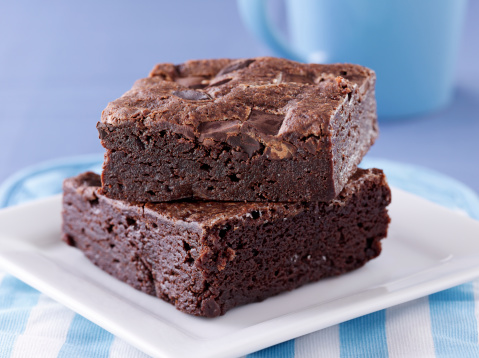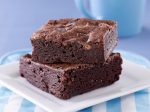
If you want to enjoy desserts but are trying to eat healthy, then Dr. Oz has the perfect avocado brownie recipe for you.
Dr. Oz is well-known for his primetime TV show, where he covers a wide range of health topics, but he also likes to share delicious and healthy recipes on his website. Avocado brownies may sound strange, but Dr. Oz
The avocado brownie recipe comes from Dr. Taz Bahatia, who authored What Doctor’s Eat. The recipe replaces the butter in brownies with avocado instead, allowing you to enjoy a healthier variation on a sweet dessert.
The recipe is simple too. All it takes is blending avocado, coconut oil, coconut nectar and vanilla, then mixing in egg, and pouring in some coconut flour, cacao flour, baking soda, sea salt, and chocolate chips. Finally, you bake the batter in an oven at 350F. For precise measurements and directions, you can find the entire recipe on Dr. Oz’s website.
By switching out the butter, avocado brownies promise to be healthier. While avocados contain high amounts of fat, they are healthier monounsaturated and polyunsaturated fats. Butter contains a high amount of saturated fat, which has been believed to be bad for cardiovascular health.
However, avocados have their health benefits that make them a particularly good diet choice. Avocados are loaded with potassium, magnesium, vitamin A, vitamin C, vitamin E, and several B-complex vitamins.
They also increase the bioavailability of fat soluble vitamins, due to their high amounts of healthy fats. Research has suggested that avocados can be beneficial for weight management, slowing aging, and improving cardiovascular health.
Whether you want to try the brownie recipe or not, adding avocados to your diet can have a big effect on your health.
Sources for Today’s Article
“Avocado Brownies,” Dr. Oz, April 15, 2016, http://www.doctoroz.com/recipe/avocado-brownies
Dreher, Mark L., and Davenport, Adrienne J., “Hass Avocado Composition and Potential Health Effects,” Critical Reviews in Food Science and Nutrition, May 2013, http://www.ncbi.nlm.nih.gov/pmc/articles/PMC3664913/














